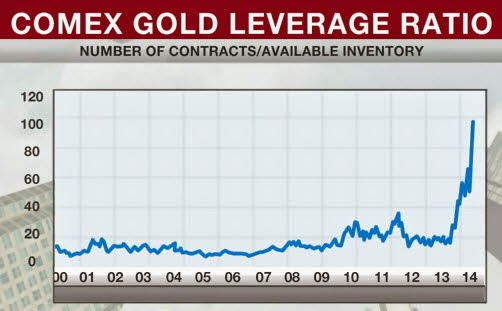Commodities exchanges saw a heavy decline in trading during the first nine months (April-December) of the current fiscal. This comes in the backdrop of all-round deceleration in agri and non-agri commodities trade.
According to the latest data from commodities market regulator Forward Markets Commission (FMC), trade was down both in value and volume terms.
In terms of volume, the total trade declined to 71.22 crore tonnes in April-November 2013-14, from 112.38 crore tonnes in the corresponding period last year. At the same time, the trade value shrunk to Rs 82.46 lakh crore (Rs 129.62 lakh crore).
Market analysts said though commodities transaction tax (CTT) had been imposed only on non-agri commodities, it had impacted the overall mood in the market. As a result, trade value for agri commodities and bullion (gold and silver) saw a significant decline.
Lower volatility and higher bid-offer spread (impact cost) also hit intra-day traders, as transaction costs increased drastically, the analysts said.
This drove away genuine hedgers who felt the pinch of the rise in hedging costs. At the same time, trade volume was impacted by fund diversion from commodities to equities, as riskier asset classes gave better returns in 2013.
The other reason for the decline in trade, the analysts said, was negative sentiments due to the NSEL payment crisis.
Rupee depreciation, too, increased volatility in commodity prices, as did the levy of higher margins and the abnormal spread in future contracts.
On the global front, quantitative easing or tapering by the US by reducing its monthly bond buying programme to $75 billion from $85 billion forced hedge funds and portfolio managers to readjust their portfolios. Since only newer financial companies are getting involved as active counter-parties on commodity exchanges.
Vandana Bharti, Assistant Vice-President (Commodity Fundamental and Research) with SMC, has outlined a strategy to grease the wheels of the market.
More platforms
This includes giving more platforms to corporate hedgers for physical exposure, proactive policies to help the exchanges grow by introducing options, integration with banks and allowing them to participate in the commodity markets and introduction of an e-trading platform as in CME Globex, among others.
“Farmers must want to take advantage of commodity exchanges, banks must trust them, the government must support them and everyone must recognise the value they add,” she said.





